Unexpected Pile Driving on Site Along Gowanus Canal Leaves Officials Scrambling for Answers
A group of elected officials are raising the alarm about potentially hazardous construction on a toxic brownfield cleanup site beside the Gowanus Canal.

The site in 2020. Photo by Susan De Vries
A group of elected officials are raising the alarm about potentially hazardous construction on a toxic brownfield cleanup site beside the Gowanus Canal.
On Friday, May 19, Assembly Member Jo Anne Simon’s office started receiving phone calls about ongoing, unexpected pile driving at a privately owned parcel, a brownfield site at 459 Smith Street. The lot was formerly part of the larger Public Place site, where Citizens, a precursor to National Grid, manufactured gas for about a century.
The pile driving was loud and disruptive, causing vibrations that shook the neighborhood. More important, the work filled the air with the smell of coal tar, a toxic, carcinogenic sludge left in the ground by the old gas plant, according to a letter Simon and her colleagues U.S. Representative Nydia Velázquez, state Senator Jabari Brisport, and New York City council members Shahana Hanif and Lincoln Restler sent to city and state officials on Friday afternoon.
While Simon was working in Albany, some of her staffers headed to the site from their office on Smith Street, the pol told Brooklyn Paper.
“They spoke to workers there … who didn’t know it was an environmentally toxic site,” Simon said.
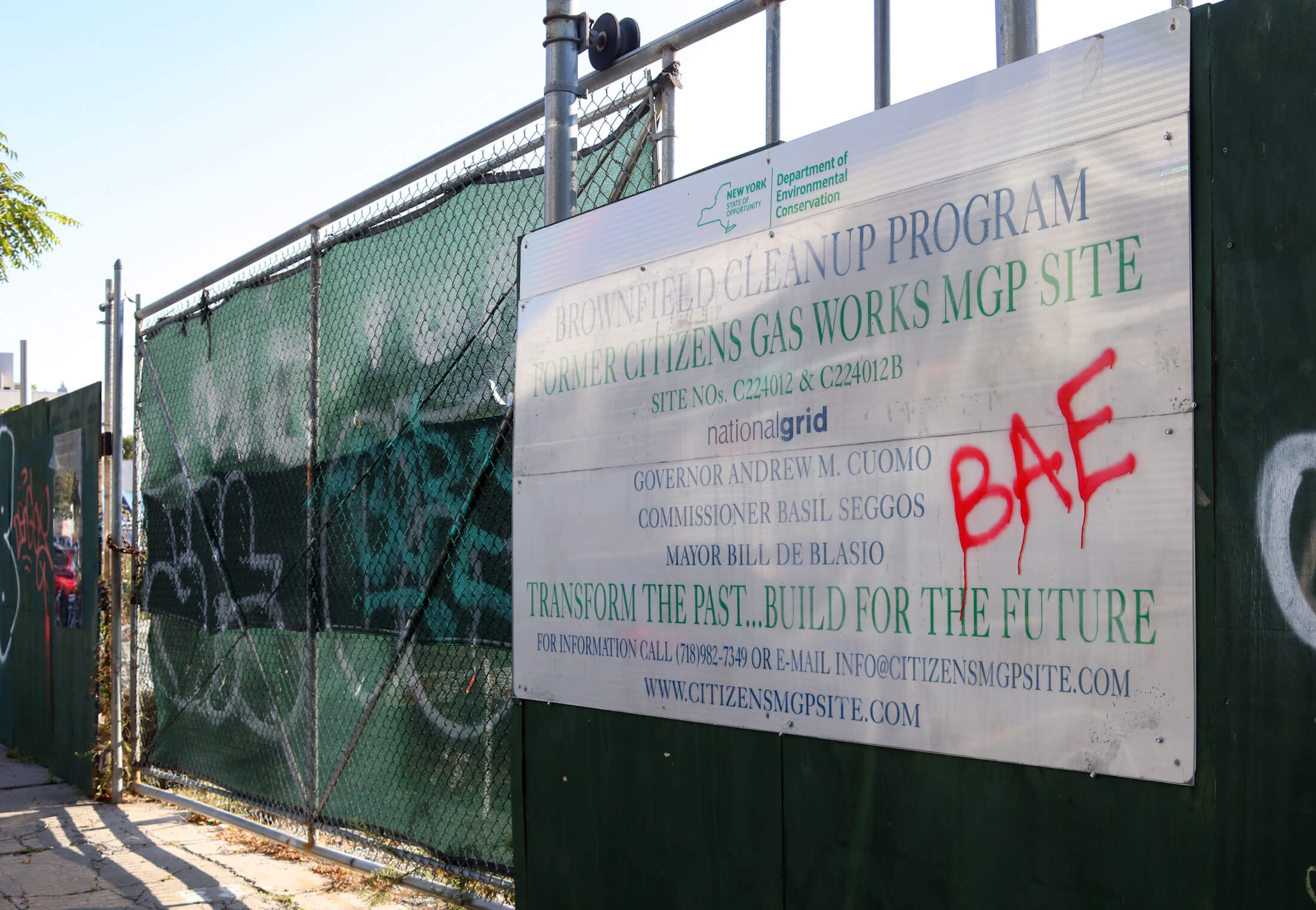
Staffers started reaching out to the agencies responsible for the site: the federal Environmental Protection Agency, which is overseeing the entire Gowanus Canal Superfund cleanup, the state’s Department of Environmental Conservation, responsible for the Brownfield cleanup, and the city’s Department of Buildings and Department of Environmental Protection.
The DOB sent an inspector to the site but responses from other agencies came slowly, or not at all, said the letter, which was sent to commissioners at the DEC, DOB and DEP. Pile driving continued until Saturday.
EPA left in the dark
The elected officials weren’t the only ones worried about the construction. At a meeting of the Gowanus Canal Community Advisory Committee on Tuesday, Christos Tsiamis, the remedial project manager of the federal Gowanus Superfund cleanup, said he hadn’t known about the work until community members and elected officials alerted him and his colleagues at the Environmental Protection agency.
“That was a big, capital B-I-G, surprise to me,” Tsiamis said at the meeting. “It was the first that I had heard of it, last Friday. I had concerns.”
Tsiamis said he was worried because the site is contaminated and abuts the polluted canal — but also because the site is being used as a staging area for the Superfund cleanup, and the EPA is storing monitoring and filtration equipment that could have been damaged by the vibrations on the site.
“We were really upset by the fact that we were not notified,” he said. “I sent an email to the owner’s legal representative outlining my concerns and requesting certain information.”
As he waited for a response, which came on Friday evening, Tsiamis sent another email, this one asking the owner to temporarily stop the construction until the EPA could review the information they requested.
On Monday May 23, Tsiamis found out that his request had been disregarded, and pile-driving had continued through the weekend, including on Sunday. According to Friday’s letter, the work finally stopped on Tuesday, May 24.
The EPA could do no more than request that the work stop, Tsiamis said, because the agency doesn’t have direct authority over that site, which is being cleaned up by National Grid, one of the “Potentially Responsible Parties” identified as responsible for funding the cleanup, and New York State.
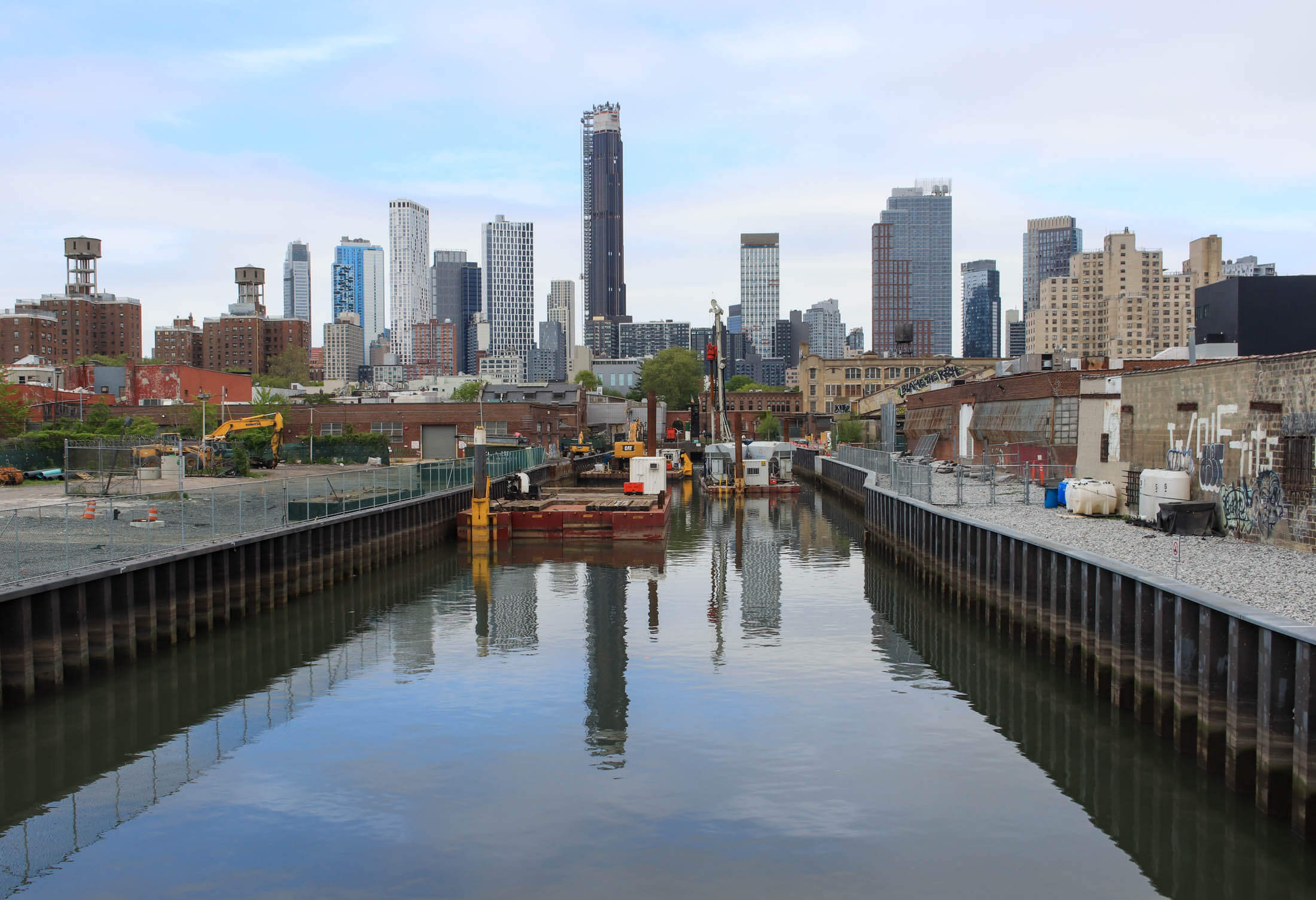
The project manager was further surprised to learn that the construction had been in the works for months.
According to documents filed on the city’s Zoning Application Portal, the owner of the lot, a Foreign Limited Partnership called HR DC Smith Street Owner, eventually plans to erect three mixed-use buildings on the site.
City regulations allowed for permits to be issued for the site — and any site within a Waterfront Area — as long as an environmental remediation plan has been submitted to DEC and a site plan has been submitted to the city’s Department of City Planning.
With the documents submitted to the correct parties, DCP in March gave DOB permission to grant the permits. Earlier this month, the developer was given a permit to lay 100 square feet of foundation — noted as a “421-a pile installation.”
The permits were granted after DOB reviewed applications from the developers’ design professional, a department spokesperson said. The applications fully complied with the city’s code and zoning regulations and included the necessary approval from the agencies who oversee environmental remediation.
To be eligible for tax breaks under New York’s controversial 421-a program, residential developers must have started construction by June 15, when the incentive is set to expire.
“I’m sure you’re aware of the 421-a program, which is the purpose that these piles are going in,” said DEC representative Kiera Thompson at Tuesday’s meeting. “They have until June 15 to place the piles in the sites to qualify for tax credits.”
As of Friday evening, DOB had also granted an after-hours variance allowing the installation of concrete footings “including excavation, forming, tying rebar and pouring concrete” on the site on two consecutive Sundays — May 29 and June 5. Calls to Empire Management, which is listed on permit documents as the owner of the site and was cc’d on the letter, were not picked up or returned on Friday evening.
“The EPA, I would say, has been extraordinarily communicative and honest with community members,” Simon said. “As a result, the community has particular faith in the EPA.”
But the city’s initial reluctance to designate the Gowanus Canal a Superfund site and the ongoing delays in constructing two much-needed sewage retention tanks have made Simon and the community wary, she said, and the DEC leaves much to be desired communication-wise.
“That’s why we’re sending this letter,” she said. “If you’re going to put in building permits, we want to know about it. We want to know what work is going to be done. There has to be communication with the community, there has to be communication with elected officials.”
A DEC representative told Brooklyn Paper that the agency had acknowledged a “change in use” letter from the developer, who planned to install a “limited number of piles in certain locations,” and that the work has since been completed. The department is not responsible for denying or issuing permits, the spokesperson said, and directed further questions to the city.
A DOB spokesperson said the department had received the letter on Friday — as well as a separate letter from Council Member Shahana Hanif — and will be issuing a response to the elected officials.
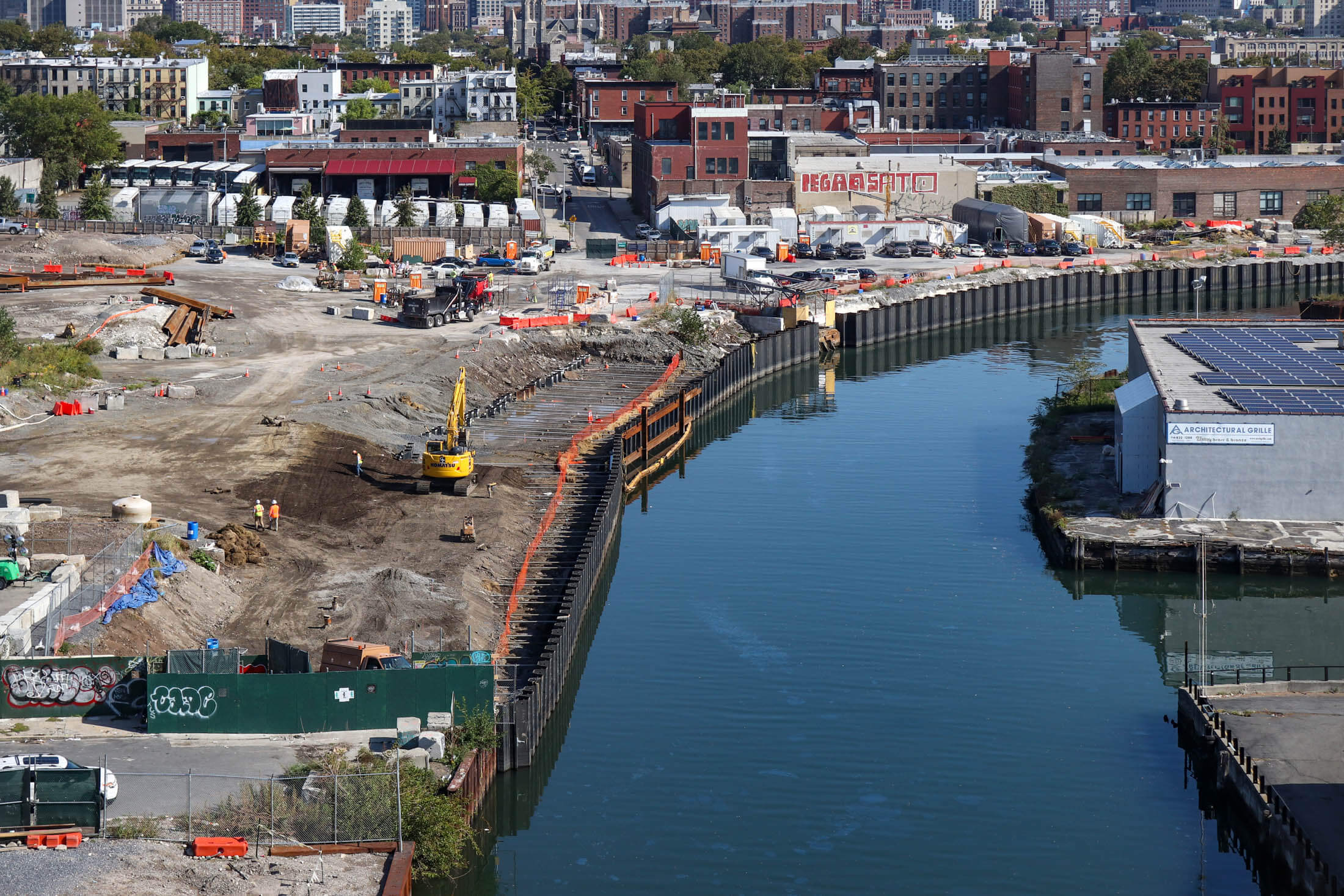
Simon and Velázquez, along with the EPA and community members, called the Gowanus rezoning into question last year, citing out-of-date and inaccurate rainwater modeling used by the city as they assessed the environmental impact of the cleanup.
“The Gowanus rezoning was approved contingent upon a list of conditions the community expected to be fulfilled, especially with regard to the integrity of the Superfund remedy to ensure the health and safety of existing and future residents,” the letter reads. “Failure to communicate about this recent pile driving does not bode well for the public trust which needs to be repaired.”
Health and safety concerns at the brownfield site
Simon said she hoped to see construction stopped temporarily until elected officials and the EPA can confirm that the work is up to standards and safe for both the fragile environment and nearby residents.
The state calls the 459 Smith Street brownfield a “significant threat to human health and the environment,” and it is listed as an active, ongoing cleanup — as is the adjacent Public Place brownfield.
A supplemental investigation carried out at 459 Smith Street last year found unacceptable levels of dangerous semi-volatile organic compounds in the soil at the site and confirmed that any future buildings should include soil-vapor intrusion barriers, which would prevent those chemicals from rising into buildings in their gaseous forms.
An April 8 update posted to the Citizens MPG website says that National Grid has completed remediation at the site as required by the DEC, though the state’s websites do not reflect that.
In February, the EPA said that the state’s planned cleanup at Public Place might not be up to the federal agency’s standards, and urged the department to take another look at their plans and make changes where necessary.
“EPA has jurisdiction on things relating to the Superfund site,” Tsiamis said on Tuesday. “The Gowanus Superfund site is not just between the two banks of the canal. It goes wherever the contamination exists and potentially affects the canal.”
While the EPA might not officially have had the authority to stop construction at the Smith Street brownfield, he continued, he felt they should have been able to enforce that order because of the site’s proximity to the canal and the fact that the site was contaminated by the same companies and chemicals that trashed the canal.
“If there are similar cases, we are going to try to establish some procedures, so at least we have advanced notice of this type of development work,” he said.
Simon hoped to reassure her constituents that she and her colleagues are “fighting for transparency and accountability at this site,” she said. “And all the local elected officials are working together to ensure that.”
[Photos by Susan De Vries]
Editor’s note: A version of this story originally ran in Brooklyn Paper. Click here to see the original story.
Related Stories
- Long Blighted, Newly Revamped Batcave Gets Ready for Debut as Gowanus Arts Center
- Gowanus Canal Cleanup ‘Inadequate’ Until City Finishes Delayed Retention Tanks, EPA Warns
- Activists File Lawsuit to Overturn Controversial Gowanus Rezoning
Email tips@brownstoner.com with further comments, questions or tips. Follow Brownstoner on Twitter and Instagram, and like us on Facebook.

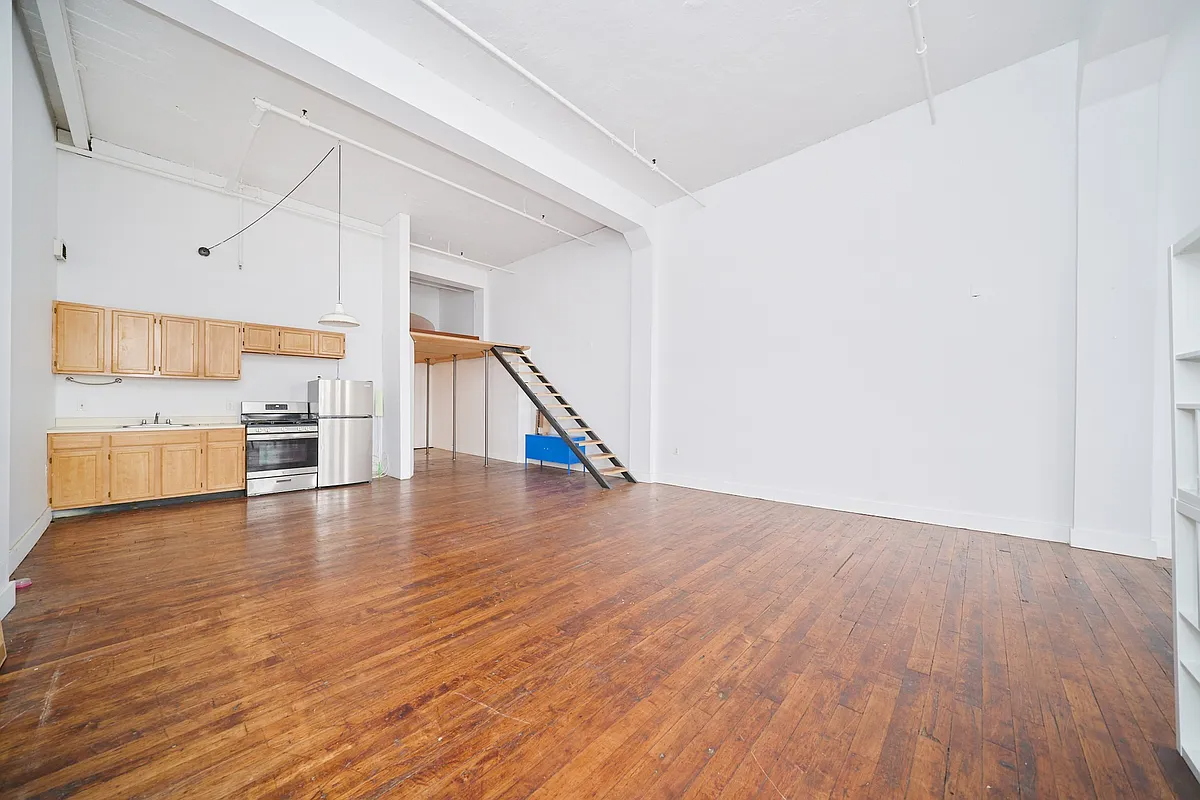

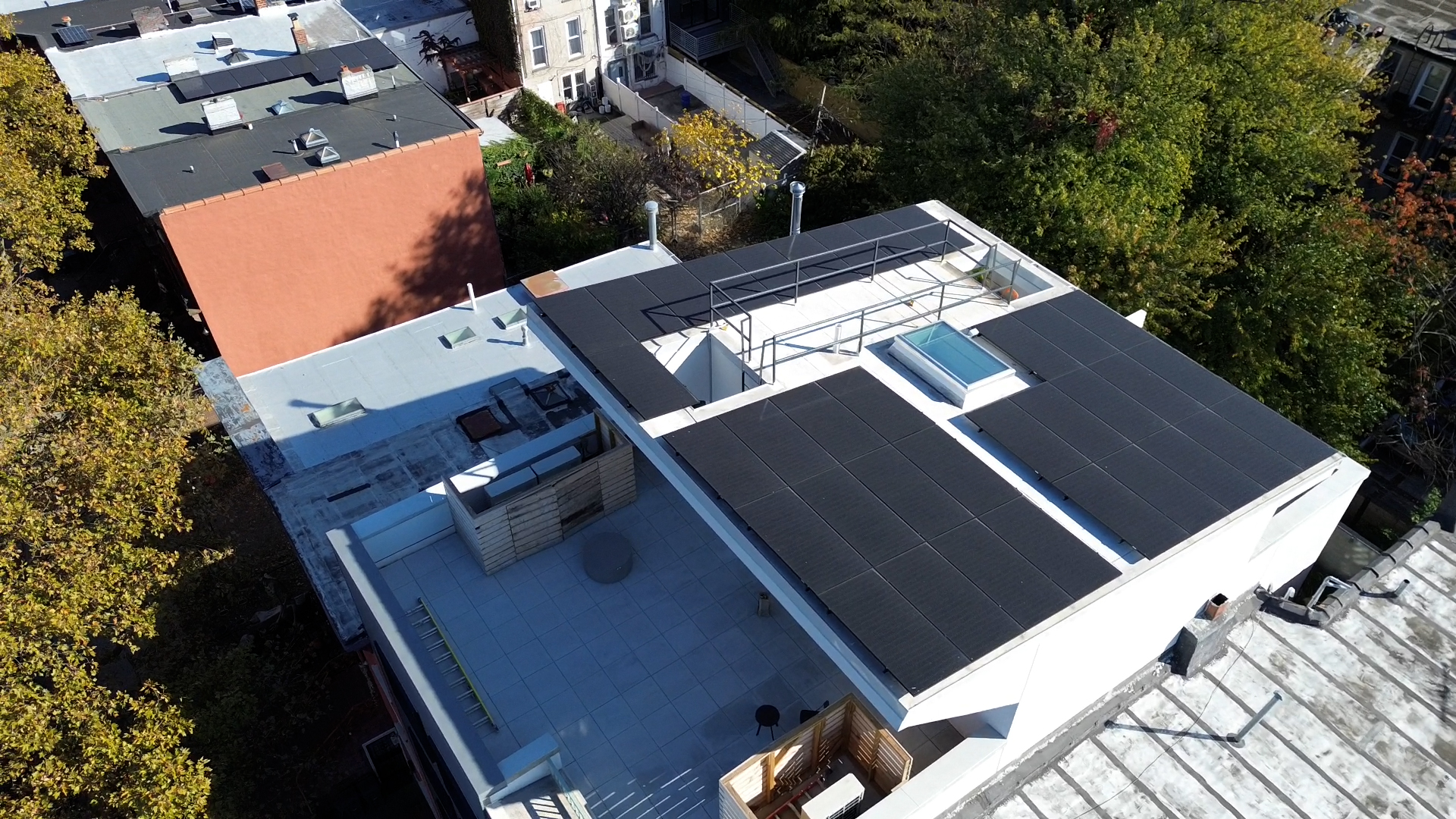
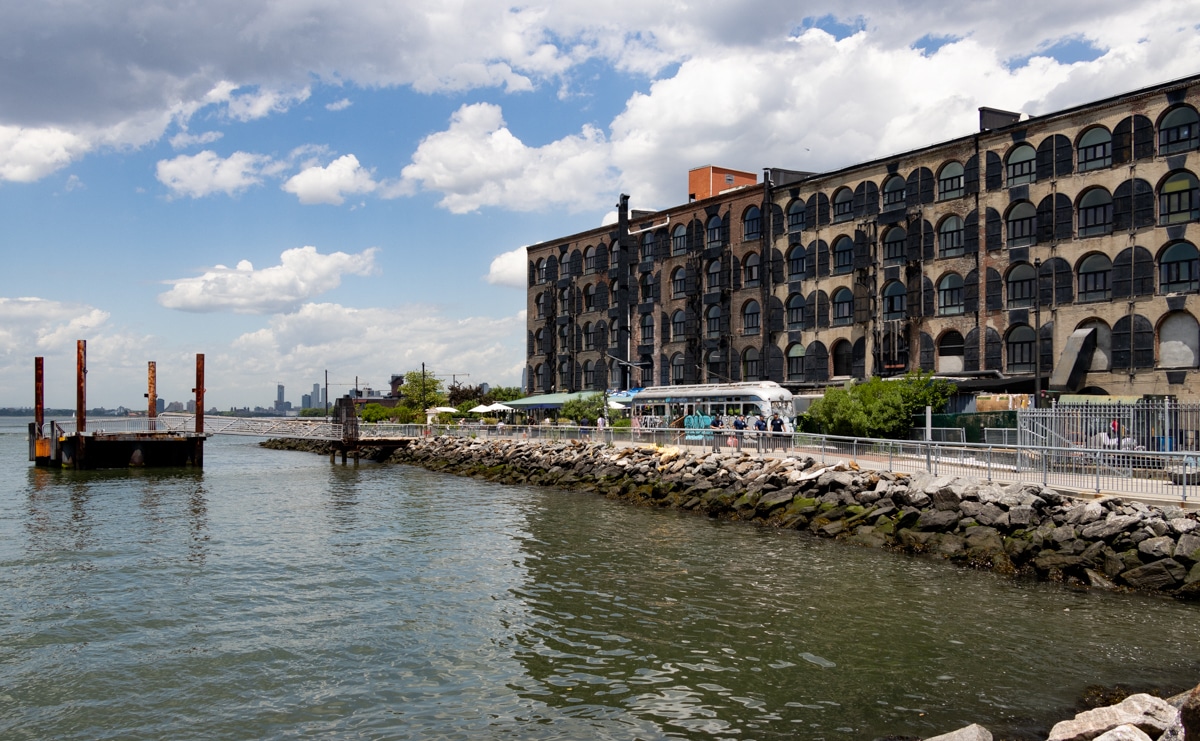
What's Your Take? Leave a Comment